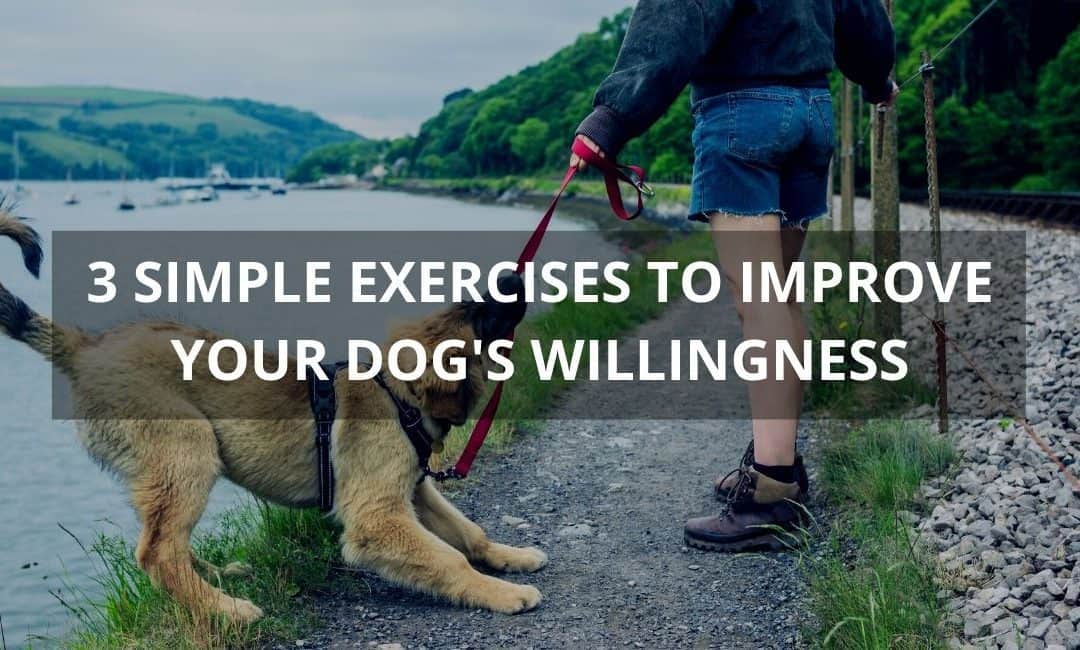When we think of training our dog training to improve his behavior, we tend to think how the dog needs to change. The dog is behaving inappropriately; he’s a jerk; he’s out of control! Our focus is on the bad behavior, and how we’d like it to just go away.
Of course, it isn’t that simple.
Like people, dogs can be quite resistant to change, even if the current behavior is only getting negative attention. Like us, they often keep doing the same thing simply because that’s what they’re used to doing.
For most of us, we live with the problem until it becomes truly annoying, disruptive, or even dangerous, and we are frustrated, aggravated, maybe even disillusioned with our once-precious puppy!
By the time we resolve to work on our dog’s problem behavior, our relationship is at a low point: least cooperative, most combative. Not exactly the best atmosphere for learning!
So… can anything be done? Or is that “just the way it is�
Well, let me tell you what’s worked for me and my training clients. When I start working with a dog training & behavior client, I like to help the owner lay a foundation for helping the dog succeed – before we even begin training per se. I think of the following exercises as greasing the learning wheels; helping the dog be better able to adopt new and better responses.
“Too often, by the time we resolve to work on our dog’s problem behavior, our relationship is at a low point: least cooperative, most combative. Not exactly the best atmosphere for learning!”
How to create a “relationship environment†conducive to positive change in your dog
These suggestions are not so much training as pre-training. And they work regardless of the issue your dog is having.
You can try them anytime, but I particularly like to have owners implement them for at least one week (two is better) at the beginning of any new training approach with their dog.
These exercises can be especially helpful if you’re at a point where you’re frustrated or discouraged with your dog’s behavior. But feel free to try them even if your dog is picture-perfect in your mind! (You might be surprised at the results.)
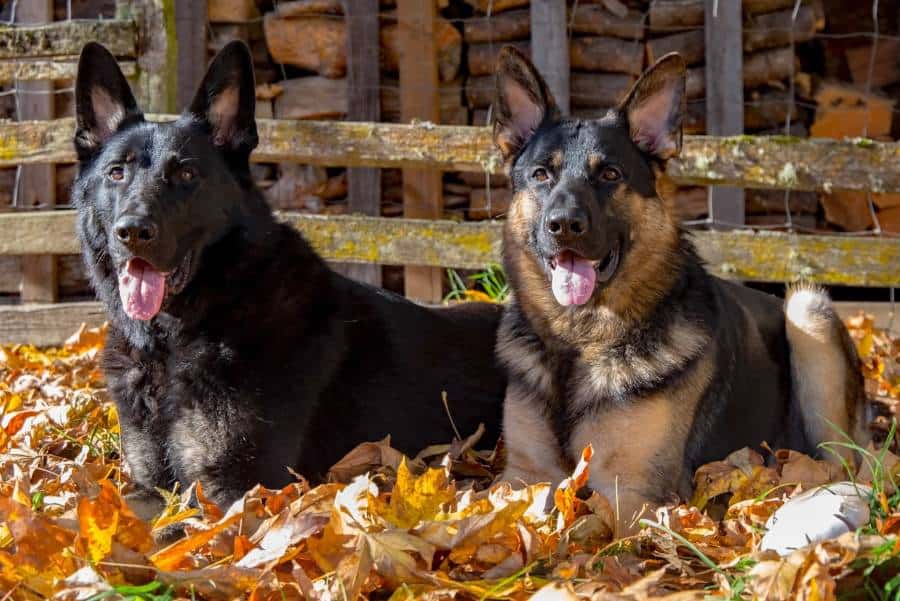
Need a visualization example? Picture your bright, beautiful dog calmly, confidently staying when asked. Nice!
Visualize good behavior by your dog, rather than bad
Before you roll your eyes, keep in mind that visualization is a technique used by top athletes and performers of all kinds – because it works. When we “see†situations play out in our mind the way we’re afraid they will, we may actually help trigger the behavior we don’t want – through tension in our body, facial expression, and voice.
To counteract this, in your day-to-day life with your dog, frequently envision how you would like to see things go – not how you have learned to expect them to go, or how you are afraid might go. There is no magic to this technique; but it can help retrain your physiological responses to more neutral or positive ones. This, all by itself, will help your dog over time.
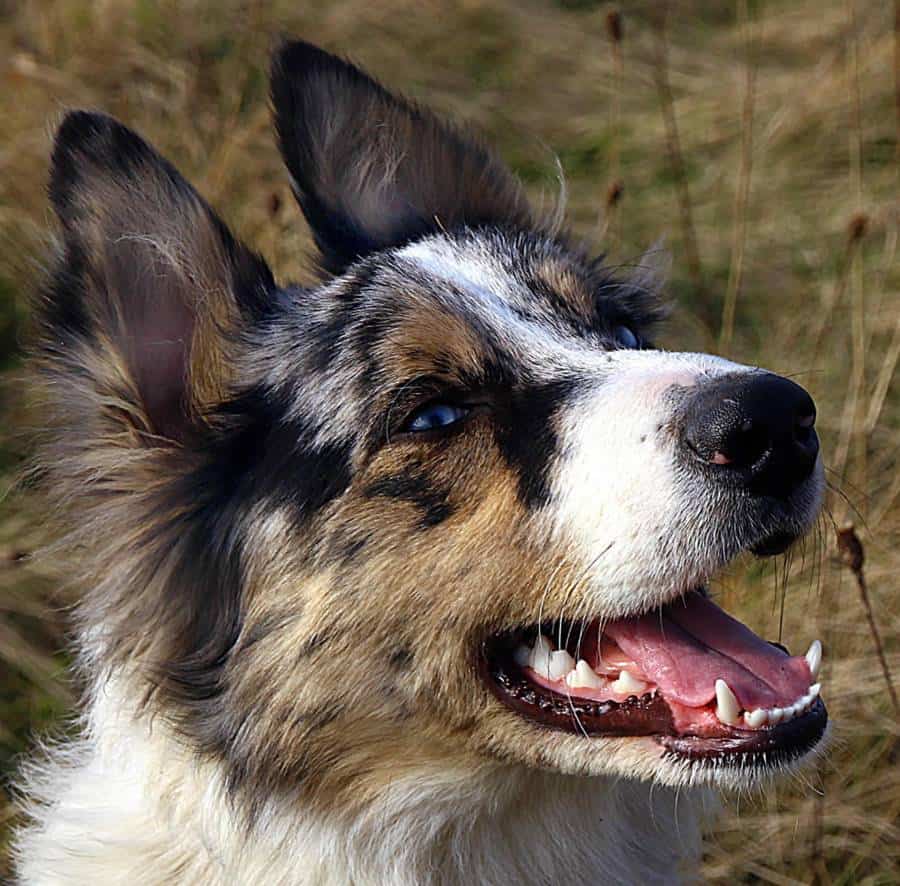
How do you know if your dog recognizes how much you appreciate him? Look at his smile!
Practice active appreciation
We all know the joke about the dog who thinks his name is “Dammit Maxâ€. Sadly, this is all too true a situation for problem dogs: they expect to be in trouble much or most of the time, and frequently have given up on “working to pleaseâ€.
Here’s how you can turn this around (and I’ve seen it improve willingness to please on some pretty hard cases):
​Sincerely, enthusiastically, and actively appreciate every good thing that your dog does – at the time it happens, when possible. It doesn’t matter how small that good thing may seem to you. Actively, sincerely, enthusiastically thank your dog for every move in a positive direction.
​(And by this I do not mean mindlessly chattering “Good Boy” to your dog all day every day! That will just teach him to tune out your praise. Instead, target your praise to behaviors you like.)
​Have a day when you can’t think of a darned thing positive to say? Tell him what lovely eyes he has, what soft ears, what fuzzy fur! Make opportunities to let your dog know that you love him, that you are on his side, and that you appreciate him.
​I generally ask dog owners to actively appreciate their dog a minimum of 10 times every day for 2 weeks when you do this. (More is fine, too!) Once you start, I think you’ll keep the habit up. (It turns out this is almost as rewarding for the owner as the dog.)
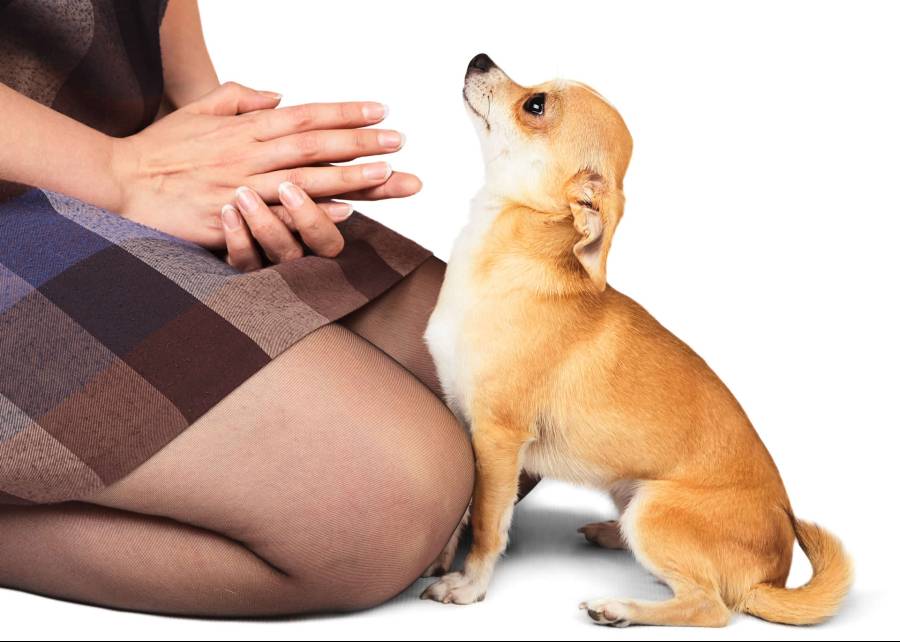
“… And I love the way you kiss my nose in the morning. And you have such soft, silky fur. And you treat me like I’m the only person in the world that matters. And …”
Remember what a good dog you have
Every day, take a minute or two to tell your dog how proud and pleased you are with him (yes, even if he chewed the TV remote earlier, while you were in the shower).
List his positive traits (he has them, really!) out loud, as well as any good thing he did in the last day that got your attention (and remember you are watching for these things). Say these with affection and sincere appreciation.
I probably shouldn’t admit this, but I like to pick a favorite tune and sing to my dogs all the things I enjoy about them. This is more fun than you might think – as the old Alka Seltzer commercial suggested, “Try it, you’ll like itâ€! Even more important, your dog will love you for it.
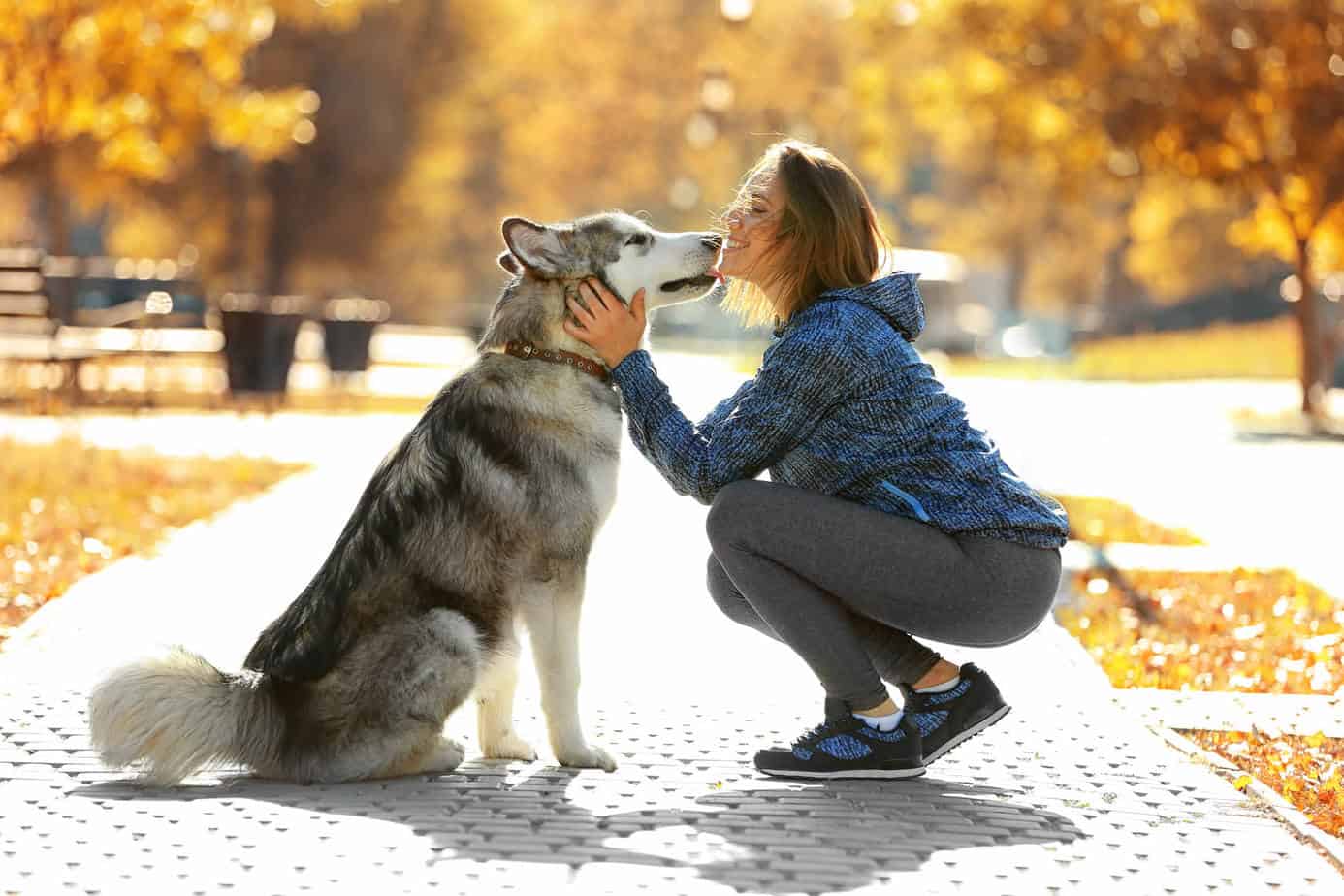
Good training and great relationships are based on mutual appreciation, consideration, and respect.Â
So there you have it. Is it simple? Sure – deceptively so. By incorporating these simple but powerful practices, you are laying a foundation for positive change in your dog.
You’re subtly, painlessly shaping a dog who enjoys making you happy and seeing you pleased. A dog who trusts that you and he are on the same side, working together, not in opposition. A dog with this perspective will work more willingly to learn from you and to follow your rules. It’s just canine nature!
In reality, it’s even more than that. You and your dog are drawing out each other’s best qualities. You are not only helping shift his perspective, but yours.
You’re learning to fill your sight with the good, and avoid letting the not-so-good grab and hold your attention. After all, it’s human nature to latch onto the anomalies; to notice the mistakes, the flaws, the errors and slights. This is a habit, maybe a strong one – but it’s also a choice.
Practice noticing the positive things, the good things in your dog, his behavior, and your relationship with him. When the negative stuff does grab you, avoid allowing them to stir you up emotionally. This too shall pass – if you let it, that is!
Have fun with this, and remember — enjoy the journey!
I hope you enjoyed and found value in this article. If you did, please share with your friends!
Best,
julie
(bio)
